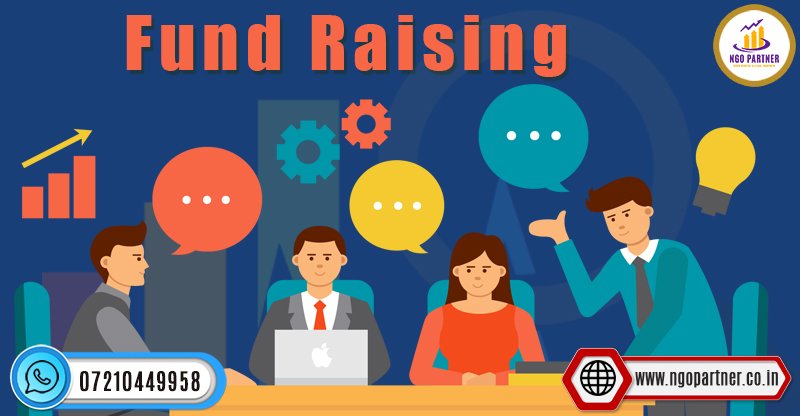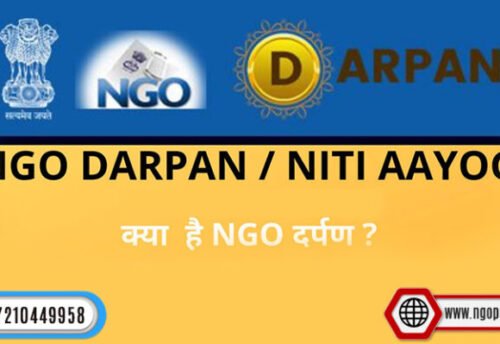
- June 17, 2023
- NGO Partner
- 0 Comments
- 1166 Views
- 0 Likes
- Marketing Company Blogs
Fundraising: Empowering Causes through Collective Support
Fundraising
Fundraising has emerged as a vital mechanism for driving positive change and supporting various causes around the world. From charitable organizations to community projects and social campaigns, effective fundraising plays a crucial role in empowering initiatives and making a lasting impact. In this blog post, we will delve into the art of fundraising, exploring its significance, strategies, and best practices. Join us as we embark on a journey to understand the power of collective support in empowering causes and creating a brighter future.

Throughout history, fundraising has been an integral part of societal progress. From grassroots movements to global campaigns, individuals and communities have rallied together to support causes close to their hearts. This blog will take you on a comprehensive exploration of fundraising, from its historical roots to modern-day practices. We will delve into the types of fundraising, the importance of setting clear goals, and the art of crafting compelling stories that resonate with donors and supporters. Additionally, we will discuss best practices, challenges, and the significance of sustained engagement beyond fundraising campaigns. Get ready to unlock the potential of fundraising and discover how you can be a catalyst for change through collective support.
Definition and Purpose of Fundraising
Fundraising can be defined as the process of mobilizing resources, typically financial, to support causes, organizations, or projects. Its significance lies in providing the necessary funds to bring about positive change and address societal challenges. Fundraising serves multiple purposes, including generating financial resources for projects and initiatives, creating awareness about social issues, and fostering community engagement. By rallying support and resources, fundraising enables individuals and organizations to make a tangible impact and drive meaningful change.
Types of Fundraising
Fundraising takes various forms, each with its unique characteristics and target audience. These include individual donations, where individuals contribute financially based on their personal interest and commitment to a cause. Corporate sponsorships involve partnering with businesses or corporations that provide financial support in exchange for brand visibility and social responsibility. Grants are funds awarded by foundations, government entities, or philanthropic organizations to support specific projects or programs. Events such as galas, auctions, or charity runs bring people together to raise funds through ticket sales, auctions, or pledges. Online crowdfunding platforms harness the power of the internet and social media to gather donations from a wide range of individuals. Understanding these different types of fundraising helps organizations choose the most appropriate strategies for their specific goals and target audience.
Importance of Fundraising
Fundraising plays a crucial role in bridging financial gaps and providing essential resources for organizations and initiatives. Many social causes and projects rely on external funding to bring their ideas to fruition. Fundraising enables individuals and communities to actively contribute to causes they believe in, empowering them to be part of the solution. By supporting fundraising efforts, people become stakeholders and ambassadors for the cause, fostering a sense of ownership and collective responsibility. Additionally, fundraising serves as a platform to raise awareness about social issues, educating the public and encouraging conversations around pressing challenges. It not only generates financial support but also builds a network of supporters, volunteers, and advocates who are dedicated to creating a positive impact.
Key Elements of Successful Fundraising
Setting Clear Goals
Setting clear and measurable goals is essential for successful fundraising campaigns. By establishing specific, measurable, achievable, relevant, and time-bound (SMART) goals, organizations can create focus and provide a framework for their fundraising efforts. Clear goals help in aligning strategies, measuring progress, and communicating the impact achieved to donors and supporters.
Crafting Compelling Stories: Storytelling is a powerful tool in fundraising, as it connects donors and supporters on an emotional level. Crafting compelling stories that highlight the impact of the cause and the personal journeys of those involved can evoke empathy, inspire action, and encourage donations. Sharing authentic narratives and showcasing the tangible outcomes of contributions help donors connect with the cause and feel invested in its success.
Engaging Donors and Supporters: Building relationships with donors and engaging supporters is crucial for sustainable fundraising. Personalized communication, including regular updates, expressing gratitude, and showcasing the impact of contributions, helps nurture connections and maintain donor loyalty. Transparency and accountability in financial management and project implementation further strengthen donor trust and foster long-term engagement.
Utilizing Diverse Fundraising Channels: Diversifying fundraising efforts across multiple channels is vital to reach a broader audience and maximize impact. Online platforms provide convenient and accessible avenues for individuals to contribute, while events create opportunities for in-person engagement and community building. Partnering with businesses through sponsorships and forming strategic alliances with other organizations can extend the reach and effectiveness of fundraising campaigns.
By understanding these key elements and implementing effective strategies, organizations can optimize their fundraising efforts, mobilize resources, and make a significant difference in advancing their causes. Fundraising is not just about raising funds; it is about inspiring collective action, fostering community support, and creating sustainable change.
Fundraising Best Practices and Challenges
Best Practices
Effective fundraising requires implementing proven strategies and best practices to maximize success. Proper planning is crucial, including setting clear goals, identifying target audiences, and creating a comprehensive fundraising plan. Leveraging social media platforms allows organizations to reach a wider audience, engage with supporters, and amplify their message. Networking plays a significant role as well, by tapping into existing connections and building new relationships with potential donors and partners.
Recognizing donor contributions is essential to express gratitude and cultivate long-term relationships. Maintaining regular communication, providing updates on the impact of donations, and involving donors in the progress of projects are key to fostering sustained engagement.
Challenges and Solutions
Fundraising is not without its challenges. Donor fatigue, where individuals become overwhelmed by frequent appeals for donations, is one such challenge. To overcome this, organizations can focus on creating compelling campaigns that effectively communicate the unique value and impact of their cause. Emphasizing the tangible outcomes achieved through donations helps donors see the significance of their contributions. Competition for funds is another common challenge, especially in a crowded fundraising landscape.
Organizations can differentiate themselves by highlighting their unique mission, showcasing their track record of success, and illustrating how they address specific societal needs. Administrative costs can also be a hurdle, as they can eat into the funds raised. Transparency regarding financial management and demonstrating efficient use of resources can help alleviate donor concerns. Building strategic partnerships with like-minded organizations and leveraging collaborations can also mitigate challenges by expanding the reach and impact of fundraising efforts.
Making an Impact with Find Raising
Showcasing Success Stories
Highlighting successful fundraising campaigns and their impact serves as inspiration for donors and supporters. By showcasing stories of how collective efforts have brought about positive change, organizations can demonstrate the real-world outcomes of fundraising initiatives. Sharing these success stories helps donors connect with the cause on a deeper level, reinforcing the value and importance of ongoing support.
Encouraging Continued Support
Fundraising goes beyond individual campaigns; it is about sustained involvement and making a lasting difference. Encouraging continued support emphasizes the ongoing need for resources and engagement beyond fundraising initiatives. Organizations can communicate the long-term goals and vision of their cause, illustrating how sustained support can address societal challenges and create meaningful change. By fostering a sense of shared ownership and offering opportunities for continued involvement, organizations can cultivate a community of supporters who are committed to making a lasting impact.
In Conclusion, Fundraising is a powerful force that empowers causes, drives change, and fosters community engagement. In this blog, we explored the various aspects of fundraising, from its definition and types to best practices and challenges. We learned how setting clear goals, crafting compelling stories, engaging donors, and utilizing diverse channels are key elements of successful fundraising. We also highlighted the importance of showcasing success stories and encouraging sustained support. If you are inspired to make a difference and learn more about fundraising, we invite you to explore our website for more articles and resources. Together, we can create a brighter future and make a lasting impact on the causes we care about.



Leave a Comment